It is impossible to indifferently pass by an area where lavender grows. The eye is attracted by the luxurious purple inflorescences, the sense of smell is attracted by the enchanting smell that takes you to distant Mediterranean countries. This miracle can be grown on your own plot, and planting and care are carried out in open ground.

Today, many amateur gardeners are engaged in growing lavender. This beautiful plant takes root well in a new place and requires minimal care.
Lavender is a garden bush plant that has bright, contrasting shades and a dizzying aroma of flowers. Experienced flower growers love it for its ease of care, when everyone else goes crazy with its enchanting aroma and subtle trail, enveloping it in seductive notes.
Lavender: plant description
Beneficial properties of lavender
- Even just contemplating this fragrant flower in a flowerbed calms the nervous system, reducing stress. In addition, medicines are prepared from it to help with various diseases.
- Lavender grows abundantly in the wild in warm countries; it has long been brought to Europe
- This plant is a herbaceous perennial: the bushes are just over half a meter in height. At the tops of the stems, where there are no leaves, flowers are formed, colored in various shades of blue: from purple to bluish.
- Lavender is rich in essential oils, and they are contained in the stems, leaves, and flowers. The content of these beneficial substances in inflorescences can reach 1.2%.
In addition to esters of monobasic carboxylic acids, lavender also contains other healing organic substances, including vitamins. People have been using this since ancient times. Oils obtained from lavender are also used in cosmetology. In addition to its sedative properties, it is known that lavender-based preparations can eliminate headaches and have diuretic and choleretic effects.
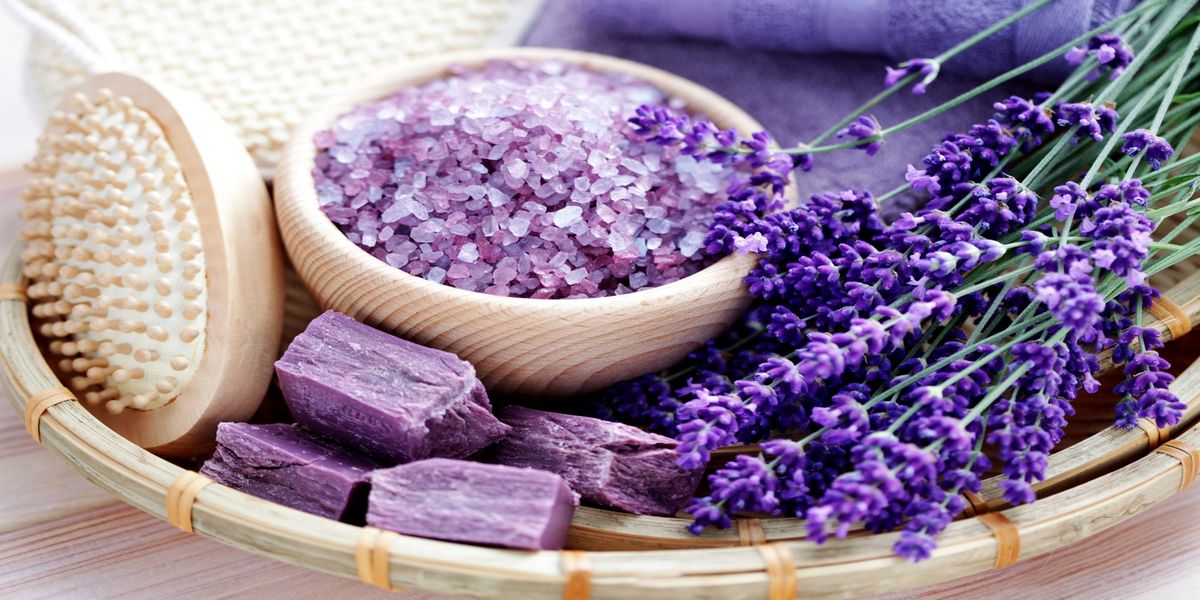
Lavender oils interfere with the absorption of certain vitamin complexes. Individual intolerance to such drugs also occurs.
Lavender preparations are used for:
- restoration of the functioning of the nervous system;
- treatment of the genitourinary area;
- disinfection of skin wounds;
- rinsing the mouth;
- improving digestion, eliminating stomach dysfunction;
- relieving pain in muscles and joints;
- removal of mucus from the bronchi.
Lavender preparations are used by both adults and children. But like any medicine, they can also have negative effects. Their use is not recommended for pregnant and lactating women and the elderly.
Lavender from seeds at home: the easiest way step by step

Most often, lavender is propagated by dividing the bushes.
High-quality lavender seeds are not very cheap, so you need to decide in advance on the manufacturer and variety.
It is not difficult to collect seeds from a flowering plant if your neighbor in the country already has it, but more often you have to buy them. Fortunately, lavender seeds remain viable for many years.
When purchasing lavender seeds, you should carefully read the recommendations on the package.
Lavender seedlings are grown no more difficult than seedlings of conventional vegetable crops, but the most important step is proper seed preparation.
Even ideal lavender seeds purchased in a specialty store may not sprout if you simply take them and sow them in a box of soil.
Before you start preparing, you need to visually check the quality of the seed material. It should not have signs of rot or stains.
What kind of soil does lavender like?
To plant lavender in the ground, it is worth remembering that the plant does not tolerate dense, wet, marshy soils and shady places. It can grow in poor soils, but light ones that warm up well and quickly and are dry. The best option for growing seedlings in open ground is sandy loam soil and light loam, which, unlike sand, are able to retain organic and mineral substances. Ash, dolomite flour, good drainage - lavender will like all this, but humus, oily and acidic soils will not.
Preparing soil for lavender
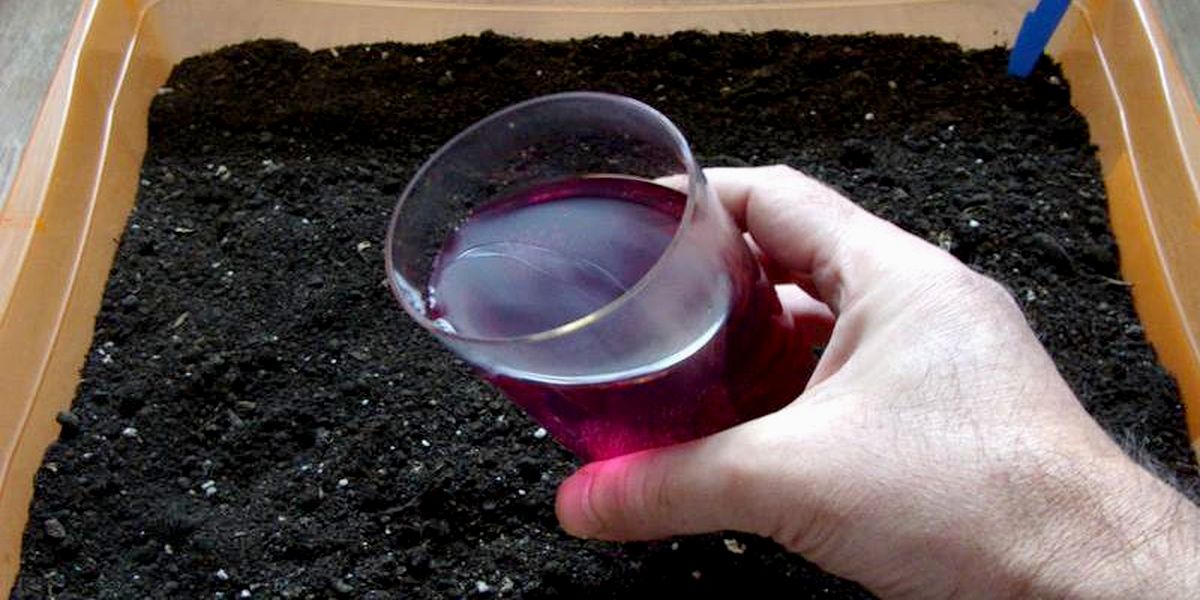
Growing lavender from seeds is a long process, so be patient.
- For growing seedlings, containers with a depth of 7-10 cm are suitable.
- In addition to wooden or plastic boxes, flower growers often use cups or cassettes; peat tablets are also popular. In the latter case, there is no need to worry about the soil.
- But the tablets are not cheap, and their size is not always sufficient, and in the end you still have to transfer the tablet with the seedling to a pot with soil.
- The container must have holes in the bottom to remove excess irrigation water.
- A universal mixture for indoor plants, sold in flower or gardening stores, is suitable as soil.
- If you want to make your own soil, it is better to take a mixture of garden soil, humus and sand in a ratio of 3:2:1.
- Any soil, even purchased from a reliable store, should be disinfected first. To do this, you can pour it with a pink solution of potassium permanganate or steam it in the oven.
- Afterwards it is useful to use biofungicides, which quickly restore the soil microflora. The most popular is Fitosporin; instructions for use are given on the packaging of the drug.
Preparing lavender seeds for sowing in the ground

If preparing the soil for growing lavender seedlings is not difficult, then with seeds it is more difficult.
Without stratification, they may not emerge at all or may emerge late and in small numbers. This procedure involves placing seeds (not only lavender, but also many other crops) in the cold for some time.
Flower seeds undergo natural stratification; falling into the ground in the fall, they remain in the cold throughout the winter. The same applies to tree seeds, for example, spruce or pine.
In gardening and floriculture, it is often necessary to carry out artificial stratification: the seeds are placed in a cellar or refrigerator with a temperature no higher than 5 degrees. This to some extent imitates natural conditions, but it takes a long time to keep the seeds in the cold.
In the case of lavender, stratification contributes to:
- significant increase in seed germination;
- obtaining stronger plants;
- improving the health of future lavender, increasing its resistance to temperature changes and soil moisture.
There are several methods of artificial stratification. In the case of lavender, it is convenient to carry it out on:
- cotton pads;
- cotton fabric;
- wet sand.
If the first two methods are characterized by hygiene, then the last one is good because when sowing there is no need to separate the seeds from the matter (which can injure them). Can be sown with sand.
The work is as follows:
- Pour sand in a layer of 2-3 cm onto a tray or any similar container.
- The seeds are laid out on the surface, slightly buried in the sand.
- Spray the seeds and sand with settled water from a spray bottle.
- Cover the container with plastic wrap.
- Place the container in the refrigerator. It is necessary to keep the seeds on wet sand in cold conditions for at least a month.
- Periodically, lifting the film, check the condition of the sand and, if necessary, spray it with water. It is important not to overwater: wet sand may cause the seeds to rot.
- In the case of cotton pads or fabric, the procedure is similar.
- It is planned in such a way that sowing in boxes (cups) is carried out in February - March.
Sowing seeds and caring for lavender seedlings
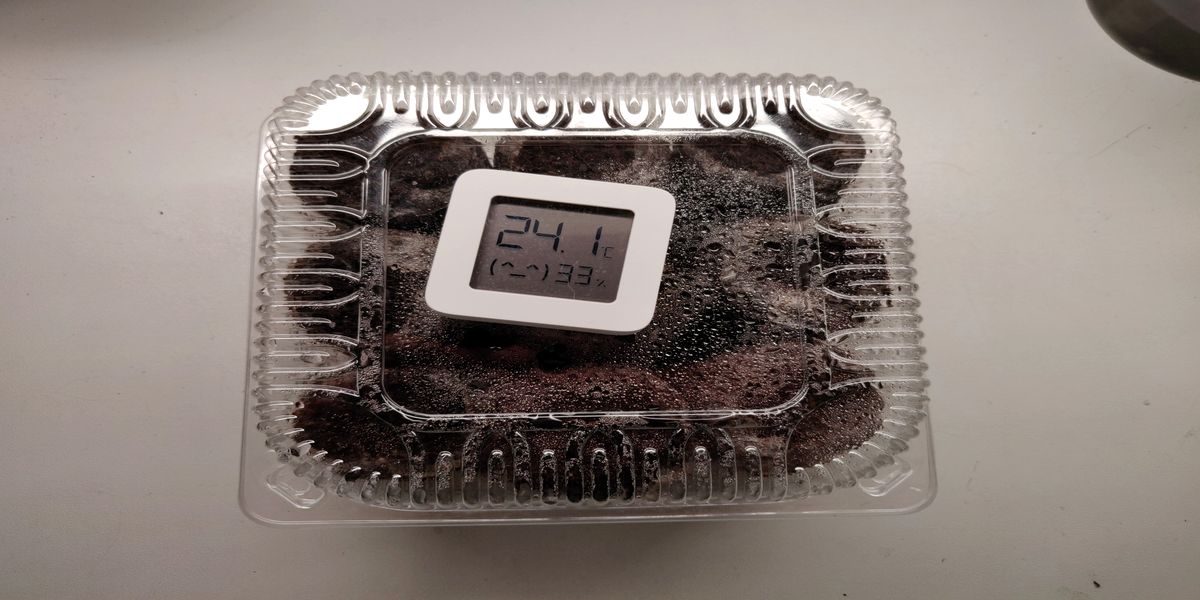
Sowing lavender seeds in boxes is carried out using traditional technology:
- Apply a layer of up to 1.5 cm of drainage material (perlite, coarse sand) to the bottom. Then the soil is placed, not reaching the top 2-3 cm.
- Spray the soil with water from a spray bottle.
- Spread the seeds at a distance of 2-2.5 cm from each other, sprinkle them with a layer of soil about 1 cm.
- Spray with water again, after which the box is covered with glass or plastic film.
- The box is placed in a bright place at room temperature.
- Periodically raise the glass for ventilation and, if necessary, spray the soil: it should always be slightly damp.
- At least two weeks pass before the first shoots appear, and sometimes the process drags on for a month.
- After this, the glass is removed, but the soil moisture is constantly monitored.
- Seedlings need abundant sunlight, and if there is a lack of it, illumination with phytolamps.
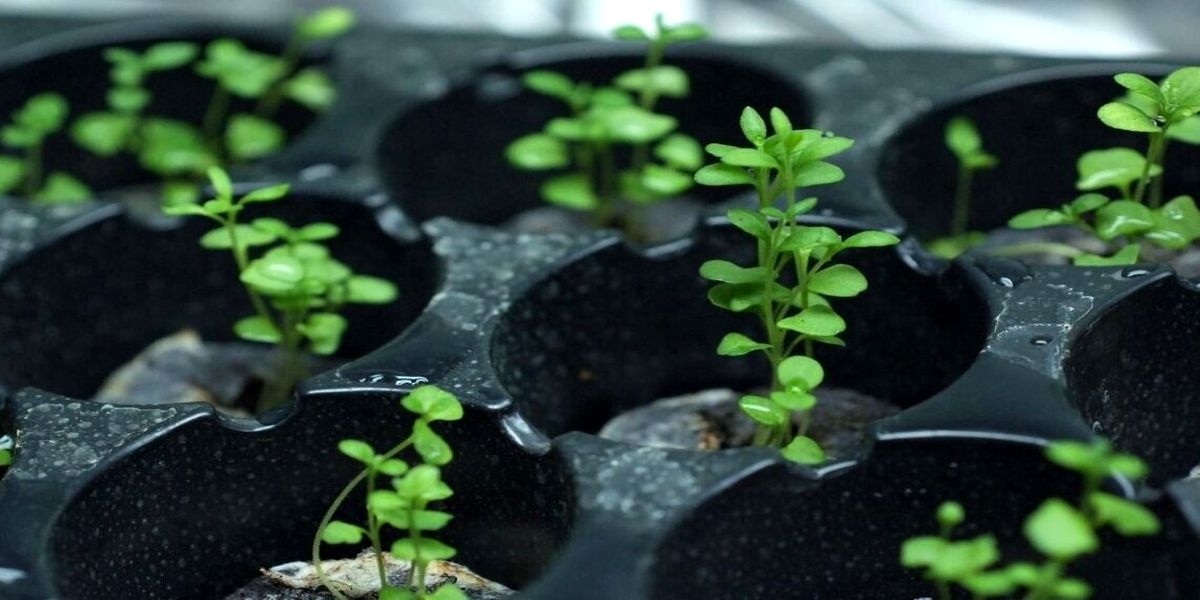
Caring for lavender seedlings:
- After 2-3 true leaves appear, the seedlings are planted, preferably in separate cups with a diameter of at least 7 cm. The root should not be pinched.
- Further care of the seedlings consists only of watering and monitoring the light regime; In the case of high-quality soil, it does not require fertilizing.
- Two weeks before planting in the flowerbed, the seedlings begin to harden, first taking them outside for 15-30 minutes, and then for several hours.
Transplanting lavender seedlings into open ground
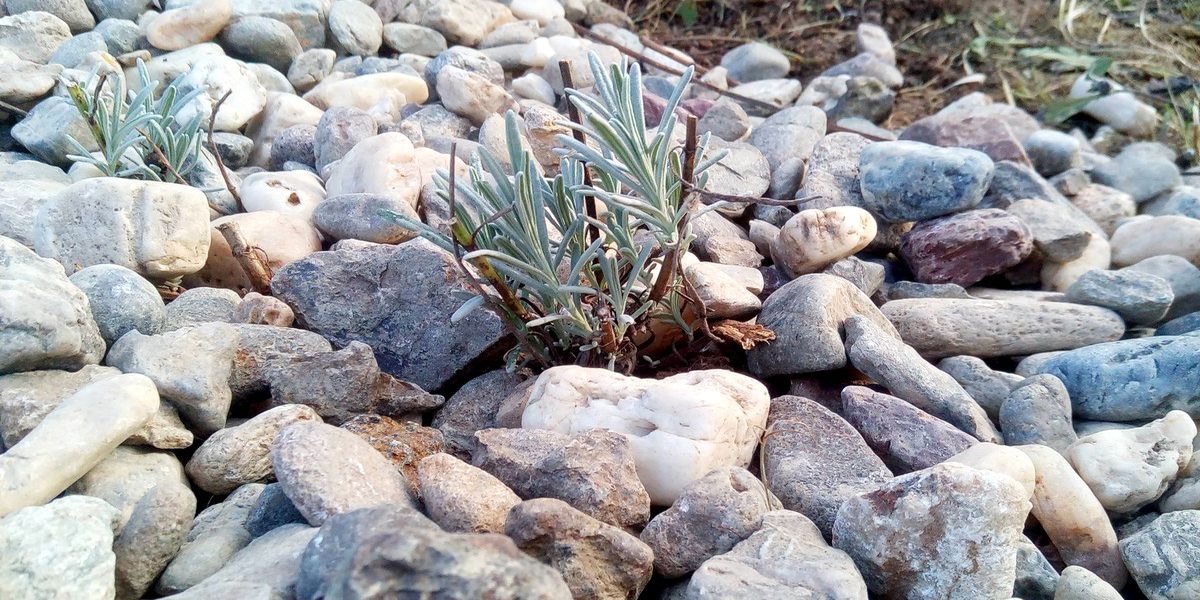
- Planting of seedlings is carried out when warm weather sets in: in most regions at the very end of May.
- The best soils for lavender are loose loams and sandy loams with a neutral environmental reaction. Acidic soils are pre-limed.
- Having chosen a sunny place, they dig up the ground in advance and apply the usual doses of mineral fertilizers.
- Holes, the size of cups with seedlings, are prepared at a distance of at least 30 cm from each other.
- Planting is carried out using the transshipment method, trying to minimally injure the root system.
- Then the soil is compacted and the seedlings are watered with warm water.
Caring for lavender in open ground consists of the following operations:
- rare watering;
- loosening the soil;
- removal of weeds.
It is advisable to mulch the soil with any bulk material. If the growth of lavender is clearly slowed down, you should feed it with mineral fertilizer, for example, azofoska.
Where to plant lavender in your summer cottage
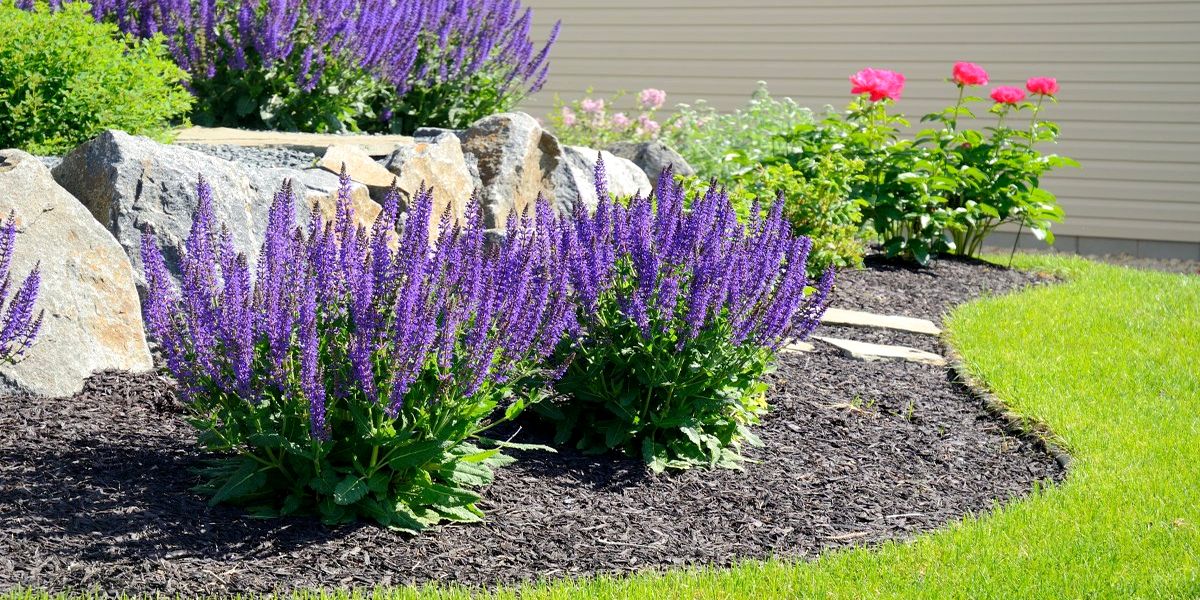
Lavender is planted where it is convenient for the owner of the site (along paths, on alpine hills, as a hedge), sometimes even lavender fields are arranged.
But in order for growth and flowering to be complete, the planting site must be sunny, not flooded with rain, and not damaged by groundwater.
They try to choose a place on a hill, away from tall trees and buildings that create shadow. The southern and southwestern slopes are good. The plant is not afraid of scorching sunlight.
To create the maximum decorative effect, you need to take into account the size of an adult bush:
- most varieties require a considerable area: 3-4 plants per square meter.
- if the bushes are planted one by one, you need to allocate at least 0.5 m2 for each.
Often, rows of lavender are alternated with rows of other flowers or herbs, but the choice is limited: they must be drought-resistant and not afraid of the scorching sun.
Tricks and tips for growing lavender in the countryside in open ground

Experienced gardeners advise when growing lavender:
- use growth stimulants (Kornevin or Epin) to treat seeds before sowing;
- do not try to sow without stratification;
- keep containers with seedlings on the southern windowsill, but still illuminate them in the morning and evening with phytolamps;
- place piles of large stones next to the lavender plantings in the garden: they smooth out the difference between day and night temperatures, accumulating and then releasing thermal energy;
- in regions that are not the warmest, cover the plantings for the winter, but do not be late in removing the cover in the spring;
- watering should be carried out only in the early morning or late evening;
- do not plant lavender next to moisture-loving crops.
The best neighbors for lavender are considered to be herbs (basil, oregano, sage, etc.), the worst are fruit and berry bushes.
Lavender is a fragrant, heat-loving plant with healing properties. Caring for her is not difficult. The flower is grown from seeds through the seedling stage. Lavender is an ornamental crop located in sunny places, often on alpine hills. It is interesting both in the appearance of flowering plants and in its stunning aroma, which calms the nervous system.


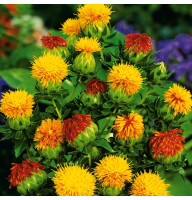

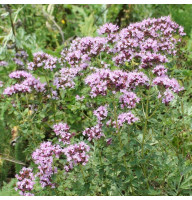
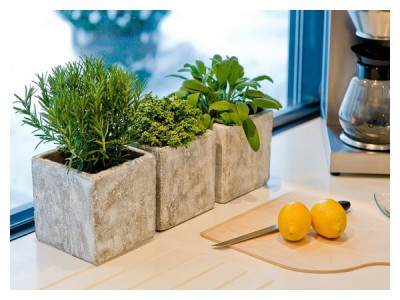

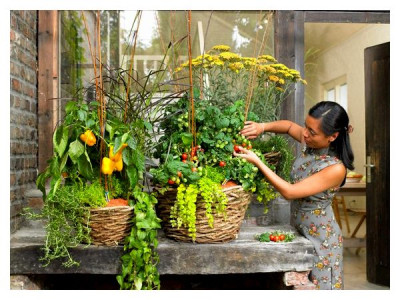
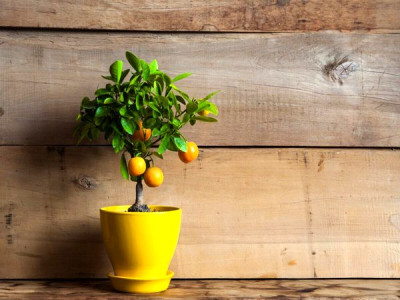


Write a comment